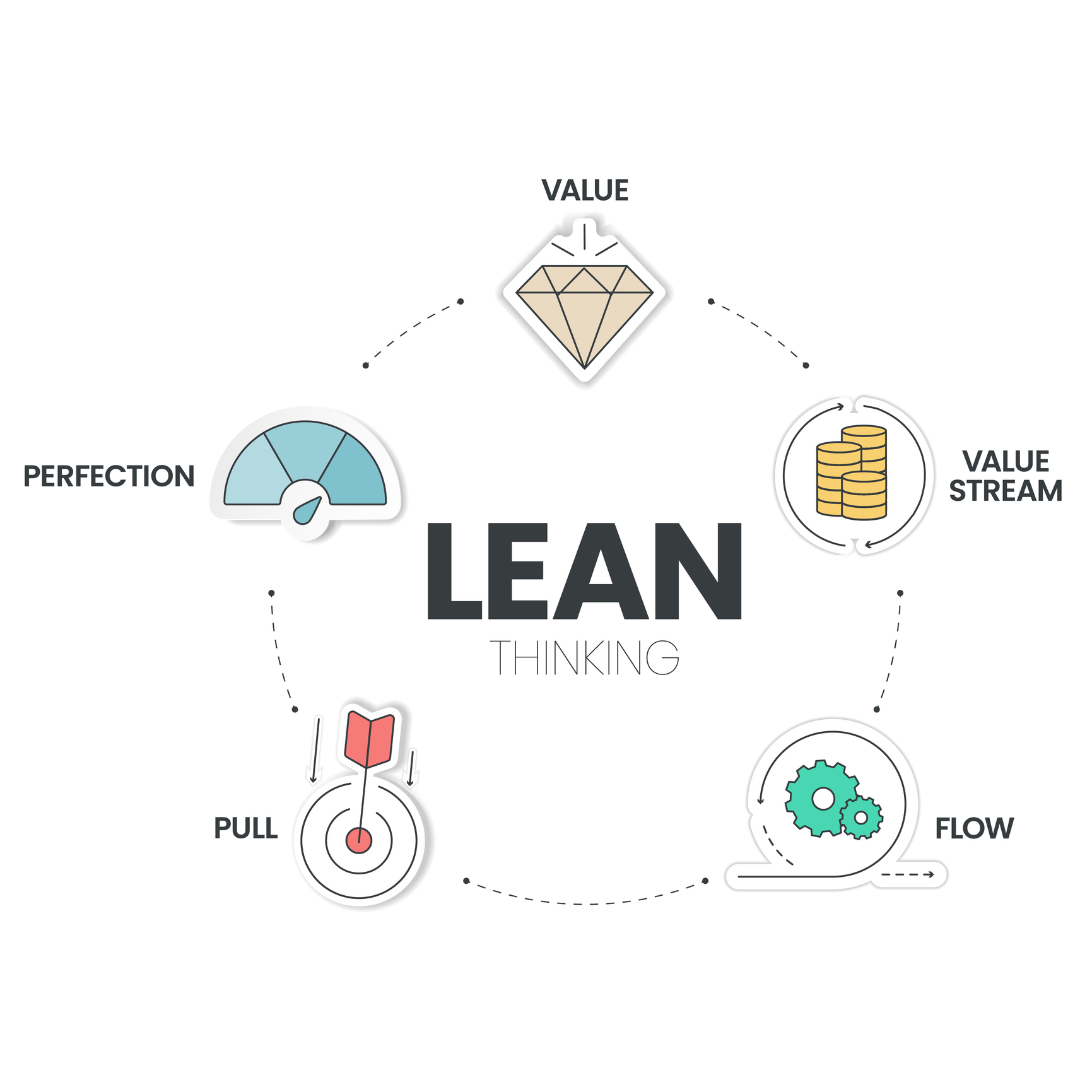There’s an often-repeated saying that is attributed to Mark Twain: “History does not repeat itself, but it often rhymes.”
Based on what I’ve witnessed over the course of the past several decades I’ve been in this arena, I’d say this observation is very applicable to the enterprise software market. There’s been consistent rhyming as you see solutions, approaches, and vendors evolving.
Repeatedly, what’s happened is this: Innovative point solutions spring up to meet specific team requirements that legacy solutions weren’t addressing. Over time, vendors tied those disparate capabilities together, and in the process, offered breakthrough benefits. This happened back in the early days of mainframe applications and again when client/server ERP solutions emerged. For example, an application used by the human resources team was integrated with a financial management application, so these teams could collaborate more effectively. In recent years, similar changes happened within the customer relationship management space, where companies like Salesforce emerged, and started to aggregate point solutions.
A similar shift has been occurring in the area of value stream management (VSM), and I’d argue it might be ushering in the most significant innovations to arise in decades. For those unfamiliar with this practice, VSM is about understanding all initiatives across the organization, so teams can make real-time feature, cost, and resource tradeoffs—all with a focus on maximizing customer value.
How VSM Breaks Down Silos
Through the effective application of VSM strategies and tools, teams can finally overcome some age-old obstacles. Historically, a fundamental gap existed between leadership of two key groups:
- On one side, there were leaders who took a top-down, investment-driven view. These executives tended to be focused on how decisions about funding and resourcing translate into value for the organization.
- On the other side, there were leaders who took a team-based, results-driven view. These executives were concerned with execution and keeping teams focused on efficiently delivering against priorities.
Across these groups, success metrics, objectives, plans, and even definitions of common terms were disconnected. The gap that persisted between these key areas led to a number of problems for businesses. Fundamentally, for business executives, the key problem can be boiled down to a lack of attribution—an inability to tie investments to outcomes.
This meant funding decisions had to be made with very little insights to draw from, both in terms of how past investments paid off and in how current initiatives are progressing.
The Need for VSM Solutions
In employing VSM, teams must move from focusing on optimizing separate tools, teams, and departments, toward an emphasis on optimizing the flow of products and services horizontally, beyond IT and across the organization.
To address these objectives, teams need an advanced VSM platform, one that enables every role to manage, track, and analyze value streams from end to end, and in a unified fashion, through a consistent value orientation and methodology.
Within the category of VSM solutions, recent advancements have led to a big breakthrough. Solutions have emerged that combine business-oriented investment planning and digital product management with Agile management and operations. As a result, these solutions deliver the key capabilities teams need to eliminate silos and maximize the value of VSM.
Benefits
By effectively applying VSM tools and strategies, teams can realize these advantages:
- Accelerate innovation. Teams can gain better alignment around key innovation imperatives and speed their ability to meet them.
- Pivot quickly. As new hurdles or changes in strategy come into play, leaders can quickly make feature trade-off decisions and clearly understand the financial impacts of such decisions.
- Deliver quality faster. DevOps teams can optimize value streams so products get delivered to market faster, and deliver more value when they get into customers’ hands.
- Minimize waste. Through enhanced alignment and collaboration, teams can ensure that the work being done delivers value, and keep from investing time and money in low-value efforts.
Conclusion
Moving forward, VSM represents a very strategic imperative for enterprises. By mastering VSM, teams can be well positioned to meet their most critical objectives, particularly their digital transformation initiatives. To find out more, be sure to visit Broadcom’s VSM Summit On Demand.








